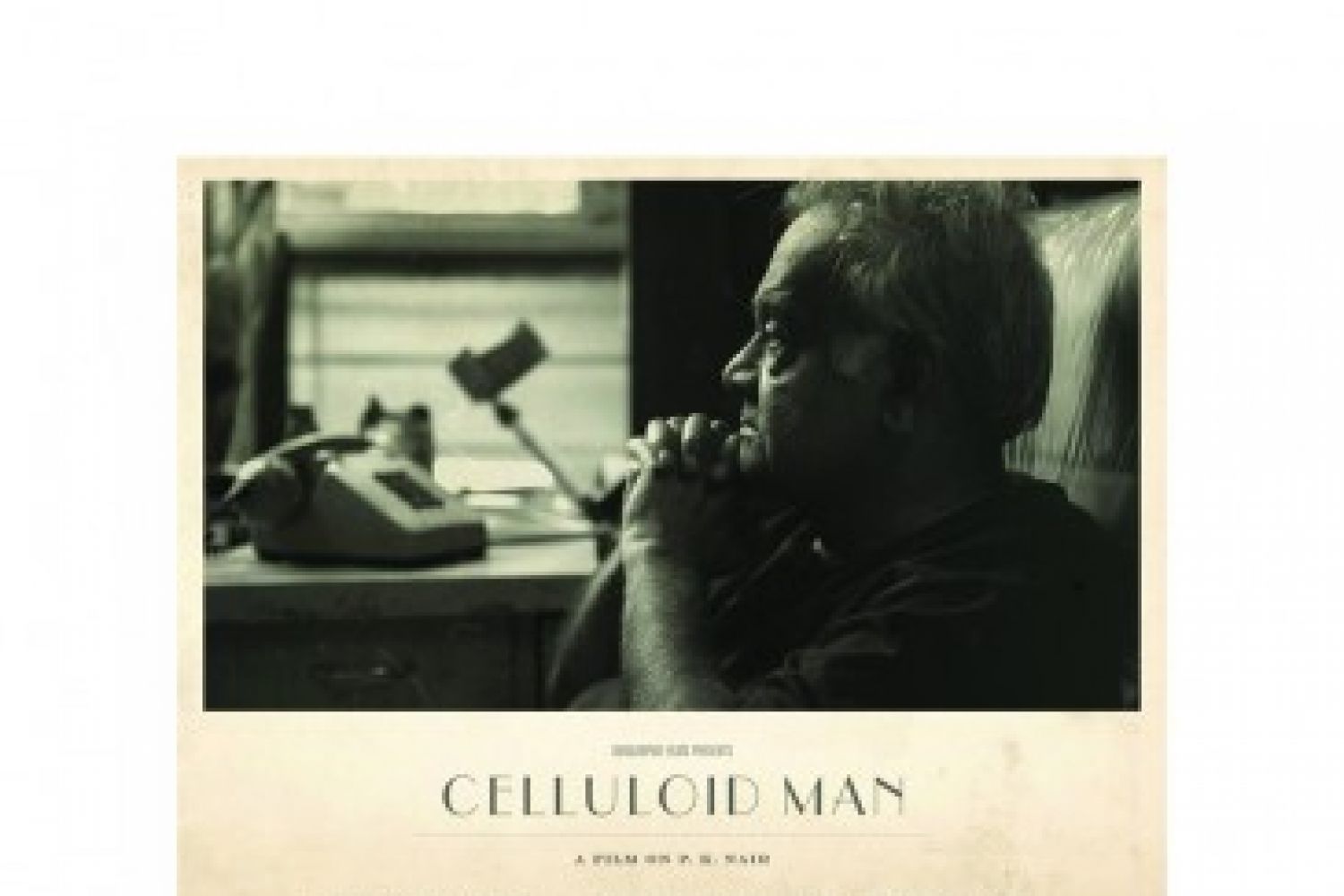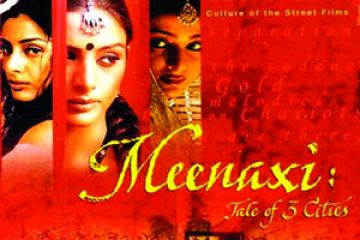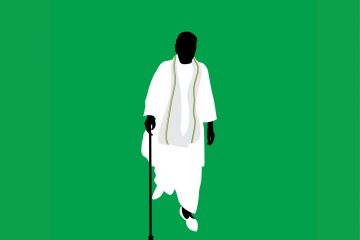
K P. Nair is the pioneer
in the preservation of films in India. He ran the National Film Archive of
India (NFAI) in Pune practically single-handedly since its inception in 1964
until his retirement in 1991. The NFAI contributed immensely towards exposing
would be film-makers enrolled at the Film and Television Institute of India
(FTII) next door to the riches of world cinema and, indeed, whole new cultures
that would have been beyond their ken.
Over the years famous
and not so famo





